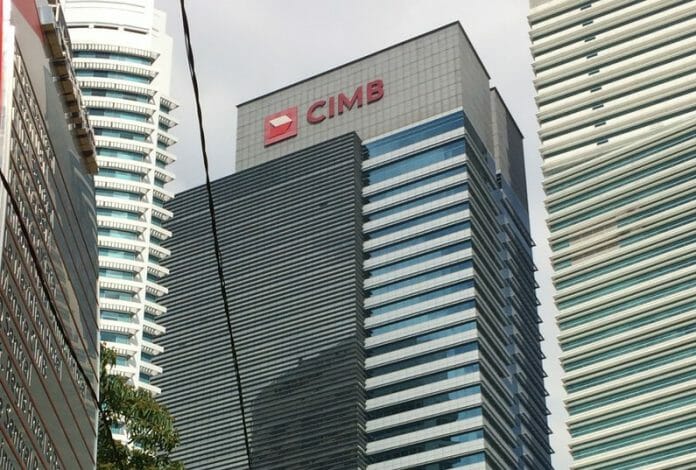CIMB updated analysts on its sustainability progress as part of its ESG initiative the Cooler Earth Summit, a program by the group that seeks to address climate change.
As part of the initiative, CIMB is undertaking various efforts to position the bank as a leader in ESG and setting an example to its customers and investors. Among the action, the banking group has taken are expanding the negative screening policies which refer to finding and excluding “unsustainable” companies from its investment portfolio.
CIMB formerly listed 5 high-risk sectors: Palm Oil, O&G, Forestry, Construction & Infrastructure, and Coal. It has since included 2 new sectors: Mining & Quarrying, and Manufacturing (specifically for carbon-intensive and labour-intensive products). It has also approved its Group Human Rights policy in Malaysia, where it embeds Human Rights requirements into
financing guidelines. The group originally targeted RM30b towards sustainable finance by 2024. The goal has already been reached in the first half of this year; hence the Group will be revising this target to RM60b, expanding its offering to
include Sustainable Treasury solutions.
As for the net zero operational GHG emissions, CIMB is on track, these targets include net zero operational emissions by 2030, and Net Zero GHG by 2050. So far, CIMB has reduced its direct emissions by 24% in 2021 – note, however, this has been temporarily aided by lower energy consumption and carbon footprint due to pandemic WFH arrangements. The Group said it will strive for a sustainable reduction in emissions by 25% by 2024.
CIMB seems to be progressing well in its ESG journey, though far from the best. In terms of ESG, CIMB remains one of the better local picks. Nonetheless, MIDF still feels that its targets remain very broad-based and unnuanced, with less focus on engaging with clients on its emission reduction efforts than preferred. While certain banks have shifted most of their efforts to execution, the group still seems to be etching out its framework. Additionally, its disclosure on its sustainable financing activity is lacklustre, lacking information even on C1-5 loans.
On the other hand, its Group’s Employee Diversity & Inclusion Policy seems to be yielding good results. 42% of leadership positions are taken up by females, while the gender pay ratio is roughly equal.









